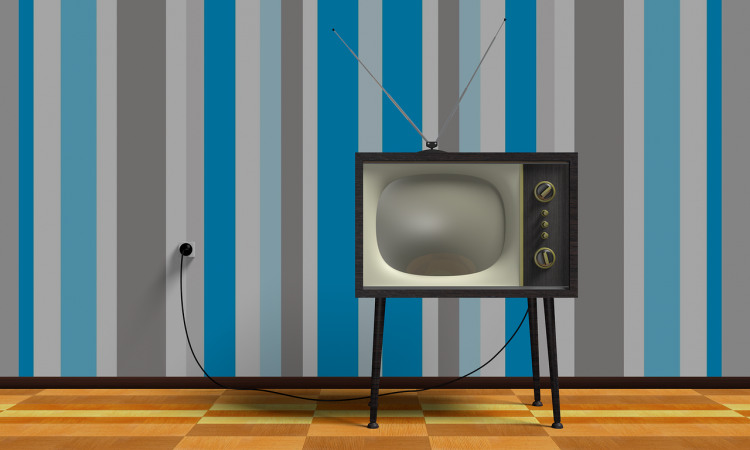Boosting Your TV Signal to Get Better Reception
IMAGE SOURCE: https://pixabay.com/illustrations/tv-70s-60s-1960s-1970s-vintage-2213140/
Despite the rising popularity of streaming services like Netflix, Amazon Prime, and Hulu, the TV will always present a different and more interesting experience. There is just something special about switching between the channels and stumbling upon a nice movie or a cool match. That element of surprise and spontaneity is what makes TV a fun experience to this very day, and it will probably remain so in the foreseeable future. It is still not without its troubles, though. Perhaps the most annoying thing that you could experience while watching your TV is getting a bad reception that is distorting the signal and ruining your viewing experience. This is how you can boost your TV signal to get better reception.
Understanding the Problem
Before you can get to improve your TV signal, you need to understand what exactly the problem is. Did the signal go completely out and you have a blank screen now? Or are you having a somewhat distorted or pixilated signal because the weather outside isn’t very accommodating? Chances are, whatever is messing with the reception is on the outside, but you still need to identify the problem first before we get into ways to boost the signal.
Get the right antenna
Getting an antenna is always a good idea to boost the TV signal, and it could significantly enhance your TV viewing experience. More importantly, before you even get the antenna, you should find out where the broadcast towers are around you so you could understand just what type you will need. As explained on LongRangeSignal, there are a few other tricks you could do to improve the antenna’s reception, but getting the right type is the first step either way. The further away the towers are from your location, the more powerful the antenna you should get so you could watch the channels you want to watch.
Position it Properly
Getting the right antenna is only part of the answer. You will also need to position it properly for the best possible signal to ensure your reception would be uninterrupted. There are several reasons why a TV signal might be interrupted, and they are mostly environmental or geographical. If you placed the antenna in a location that has trees, hills, tall structures, or any other source of obstruction, this can seriously dampen the signals and cause all sorts of trouble with your reception. You should place the antenna in the direction of the broadcast towers, but make sure you are not putting it in a place that has several obstructions in the way.
You should also avoid placing it with thick walls because that will also weaken the signal. Most often, putting the antenna next to a window yields the best results as this provides a clear line of sight to the tower, and in turn, a better signal –– as long as there aren’t any significant obstructions to prevent that from happening. Be careful not to put it too exposed to outside conditions, though. If it is placed directly in the sunlight, it might be damaged. One more tip concerning the antenna elevation, the higher it is from the ground, the better, and you will be able to get a much stronger signal.
Electrical Interference
It is not just outside conditions that might be affecting your reception. Electrical interference might be happening from electrical appliances in your house, and you need to check for that because it might be disrupting your signal. You might notice this happening while you turn on some appliances like the microwave or hair dryer, and it might imply some faulty wiring is causing the problem. So, make sure the wiring in your place is in good shape because it can affect your TV signal.
Protect your Outdoor Antenna
As we mentioned earlier, weather conditions can significantly affect your reception, so you need to take precautions to avoid that happening with your outside antenna. It is always a good idea to regularly check if any of the components are damaged because of rain or heavy winds. You should also waterproof any cable connections you have outside, and this might actually significantly enhance your signal when it is raining. You need to also replace any worn-out coaxial cables that might have gone bad because of wind, water, and dirt.
While these steps might seem like a bit much, they are actually pretty easy to do for the most part, and they most often yield great results. It certainly is worth doing these so you could get all your favorite local channels, uninterrupted and in high quality.





